Brandon Q. Morris
Brandon Q. Morris is a physicist and space specialist. He has long been concerned with space issues, both professionally and privately and while he wanted to become an astronaut, he had to stay on Earth for a variety of reasons. He is particularly fascinated by the “what if” and through his books he aims to share compelling hard science fiction stories that could actually happen, and someday may happen. Morris is the author of several best-selling science fiction novels, including The Enceladus Series.
Brandon is a proud member of the Science Fiction and Fantasy Writers of America and of the Mars Society.
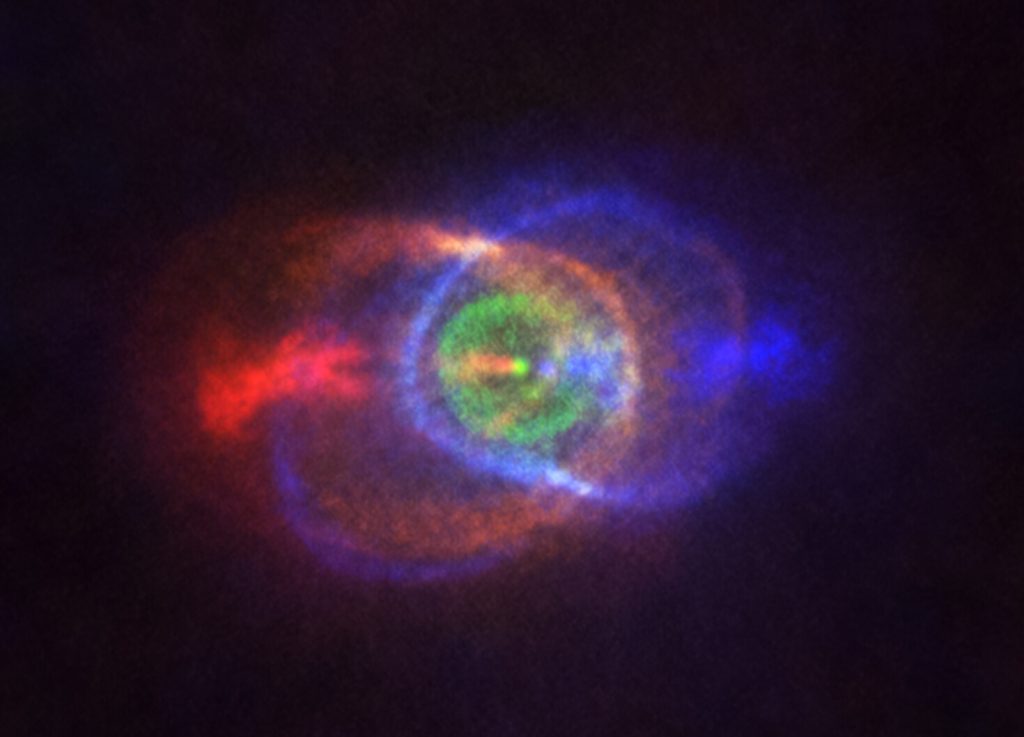 Astrophysics
Astrophysics
Feb
12
2020
The death fight between two stars has been captured in pictures by astronomers with the Atacama Large Millimeter/Submillimeter Array (ALMA). The gas cloud, which appears to consist of multiple rings, is the remains of the binary star system HD101584. “A nearby low-mass companion star was engulfed by the giant,” explains Hans Olofsson of the Chalmers University of Technology, Sweden, who is the lead author of a study on this object, now published in the journal, Astronomy & Astrophysics. The ALMA image shows vividly what happened during this confrontation, described in a press release from the European Southern Observatory (ESO), which…
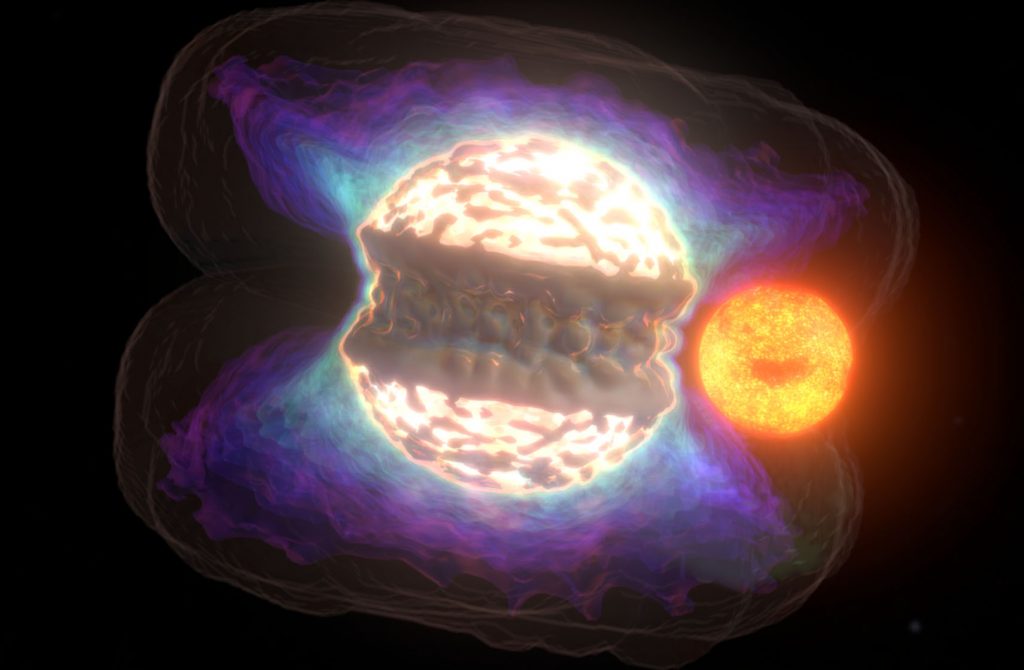 Space
Space
Feb
11
2020
View a supernova from all sides, follow a shock wave from all directions, watch the birth of a star: you can do all that and more with some impressive 3D simulations that are freely available on the net; they were made using data from some of the most important space telescopes. I encourage you to take a look; the examples are fascinating and allow you to experience events in space much more vividly and clearly than by just reading about them or by looking at 2D pictures. (more…)
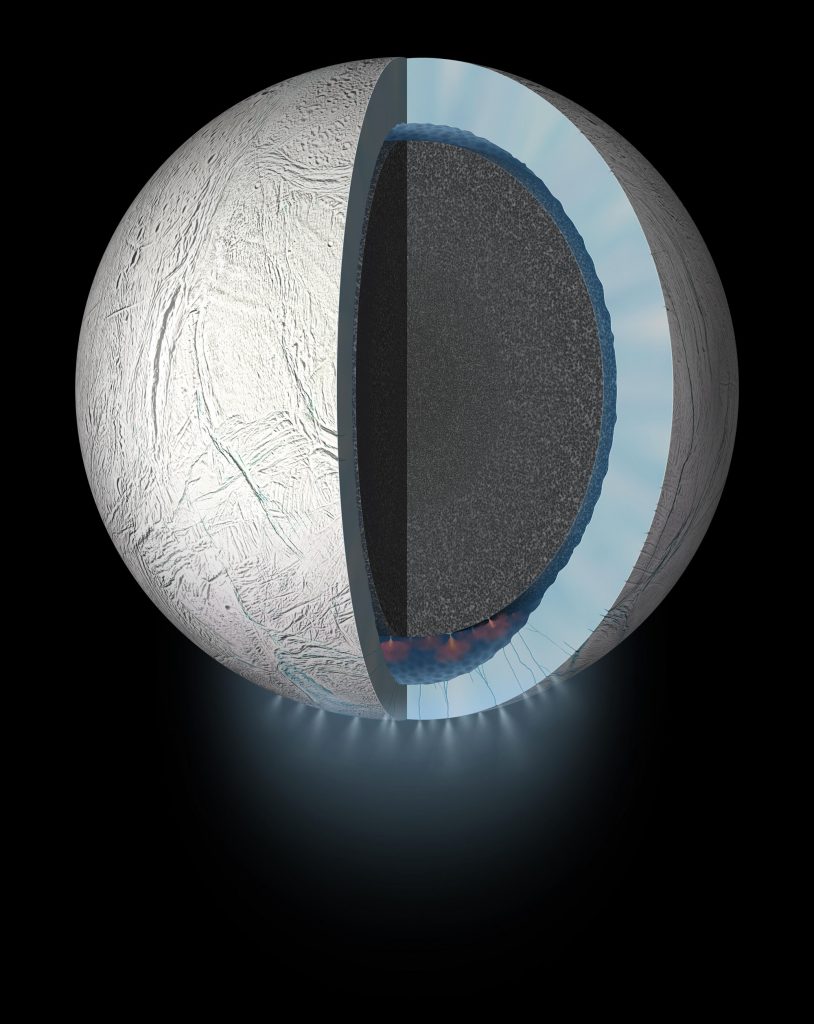 Enceladus
Enceladus
Feb
9
2020
Along with Mars, Saturn’s moon, Titan, and Jupiter’s moon, Europa, another of Saturn’s moons, Enceladus, has long topped the list of locations to search for possible extraterrestrial life. The last probe to study it, Cassini, gave up the ghost in a fiery descent through Saturn’s atmosphere, but new discoveries are still being made in the data it transmitted back to Earth, as an article in Geophysical Research Letters shows. Dr. Christopher Glein, the main author of the study, explained: “We came up with a new technique for analyzing the plume composition to estimate the concentration of dissolved CO2 in the…
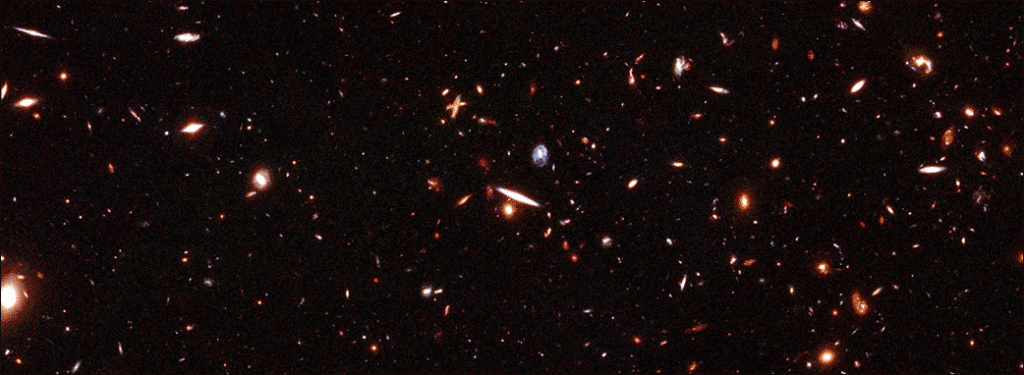 Astrophysics
Astrophysics
Jan
23
2020
The universe has a 13.8 billion year long history behind it. Astronomers have already found lots of evidence to support the current model, but the more evidence there is for a theory, the better. To observe the formation of the universe, astronomers use actual time machines – their telescopes. The farther an object is away from us, the longer its light takes to reach us, and thus the farther back in time the light we are now seeing was created. An international research group has now succeeded in observing the most distant galaxy group to date. “EGS77” is a…
 Astrophysics
Astrophysics
Jan
22
2020
Sometimes they behave like a cloud of gas and then they’ll start behaving again almost like an ordinary star: the so-called “G-objects,” which astronomers describe in an article in the scientific journal Nature, are hard to fit into any single category. Six of these objects have already been identified by researchers. They were all found in the direct vicinity of the center of our Milky Way – orbiting the supermassive black hole, Sagittarius A*. This point of commonality probably also contributes to their strange behavior. G1 to G6 have orbits that lead them around the black hole once every…
 Astrophysics
Astrophysics
Jan
21
2020
Dark matter holds galaxies together and gives the visible universe its structure. Even though it makes up about five-sixths of all the mass in the cosmos, to date nobody has been able to figure out what it’s made of. On the other hand, there have been some indications about what dark matter is not made of, but researchers still need to determine if dark matter is hot, cold, or possibly even fuzzy, with the temperature designation here referring to the speed at which the particles of dark matter are moving. NASA’s Hubble telescope has now pushed the probabilities a…
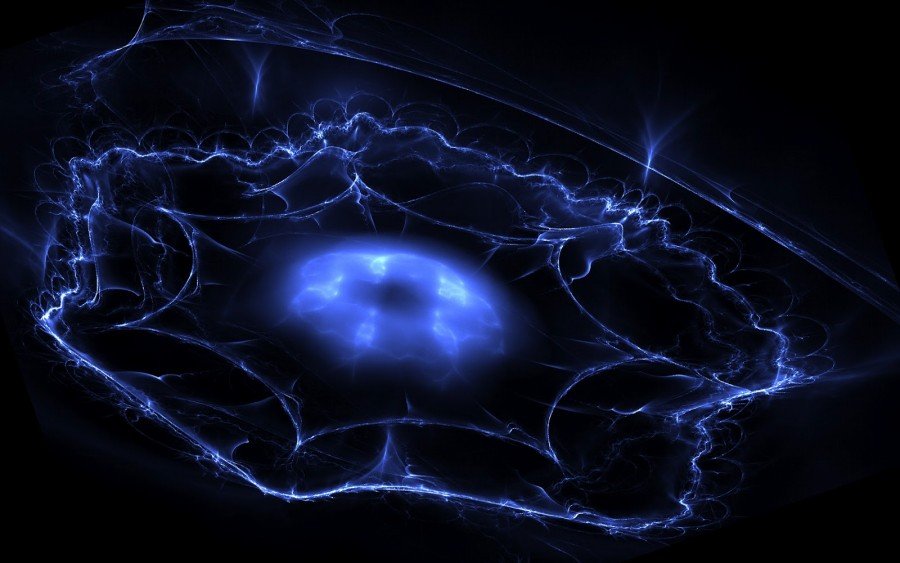 Astrophysics
Astrophysics
Jan
14
2020
Does the universe repel itself? That is roughly the idea that researchers from the Immanuel Kant Baltic Federal University in Kaliningrad, Russia proposed in a recent paper. Their paper refers to the Casimir effect, which involves a quantum-physics phenomenon that was predicted and also later confirmed by the Dutch scientist Hendrik Casimir. The Casimir effect causes two conductive plates arranged in parallel in a vacuum to be attracted to each other by a force. The idea that it might be responsible for previously unexplainable phenomena like dark energy is not completely novel. In general, it predicts that hard, fixed…
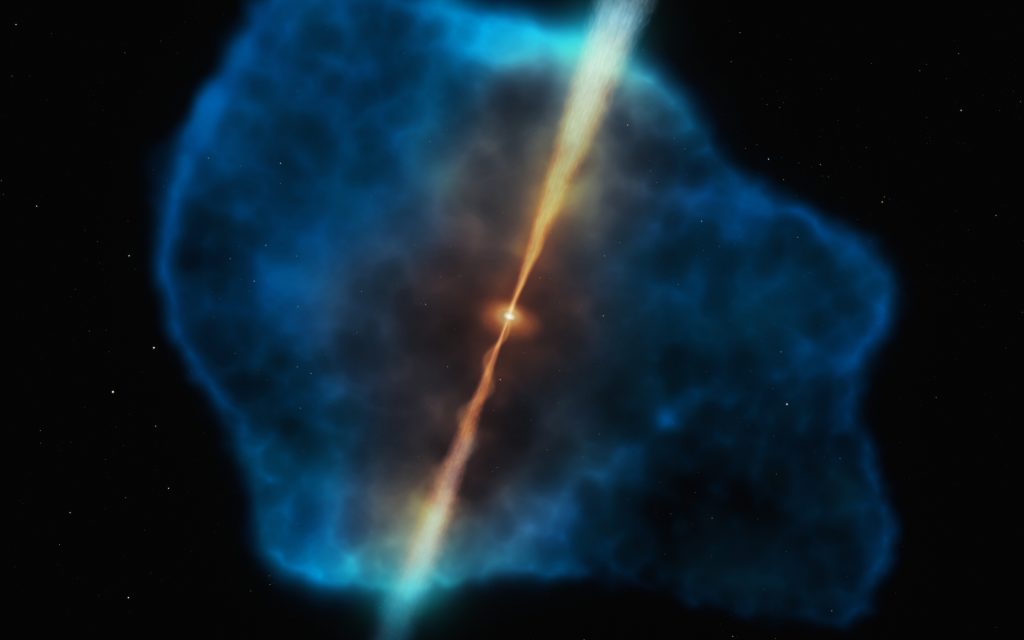 Astrophysics
Astrophysics
Jan
13
2020
Only a billion years after the big bang, there were already galaxies whose centers harbored supermassive black holes several billion times the mass of our Sun. Astronomers know this from observations of far distant quasars and active galaxies. But how were the black holes able to grow so large so quickly? The problem seemed even more complicated, because earlier observations with ALMA, the Atacama Large Millimeter/Submillimeter Array, had shown a lot of dust and gas in these early galaxies, which promoted rapid star formation. However, if a lot of stars were created, there would have been little left over…







